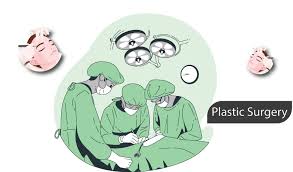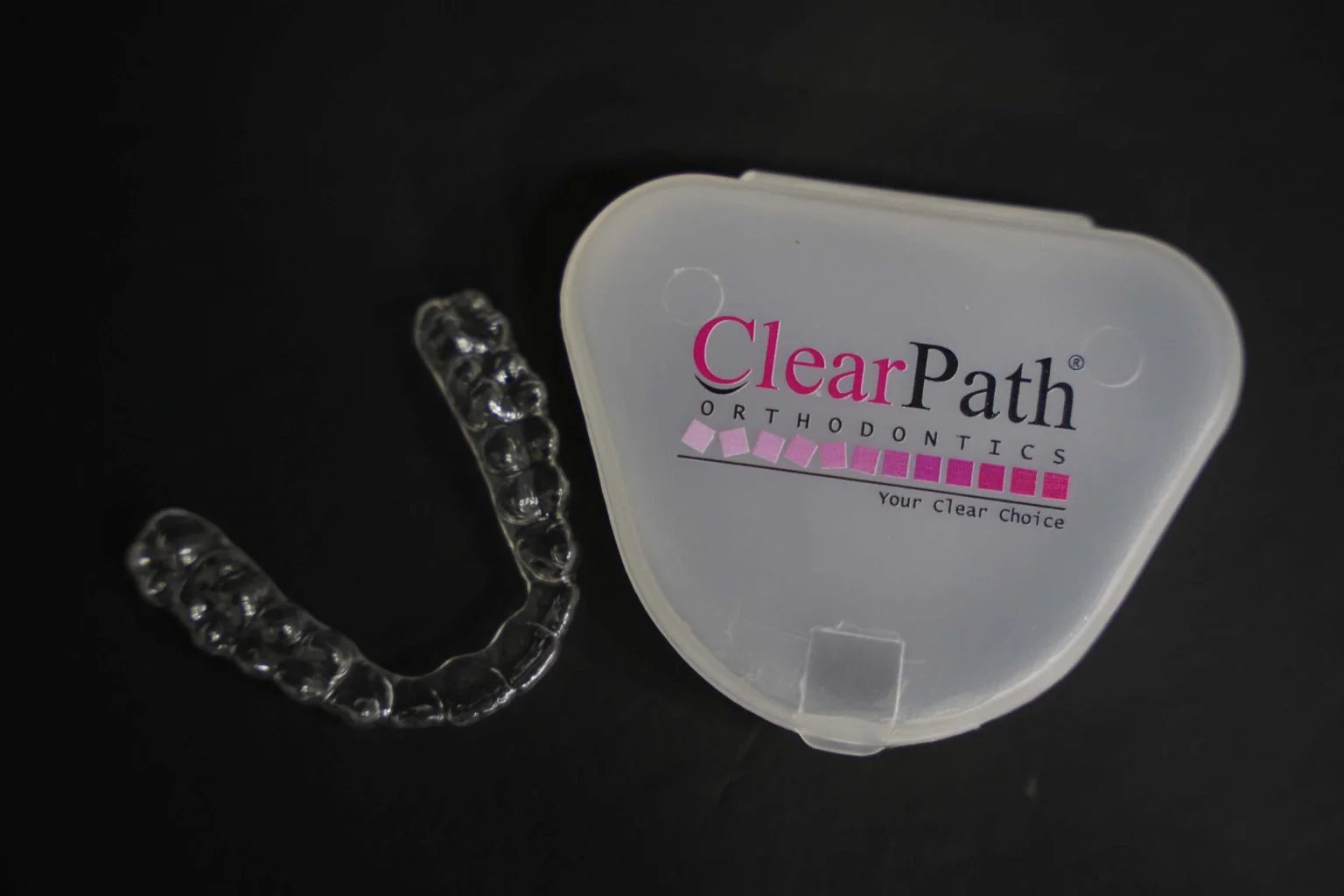Hair loss can be a daunting experience for many, affecting not only physical appearance but also confidence and self-esteem. While traditional methods like hair transplants and topical treatments are widely used, they often come with limitations or side effects. In recent years, however, hair platelet rich plasma (PRP) therapy has emerged as a cutting-edge solution for hair restoration. This non-surgical treatment harnesses the body’s natural healing abilities, offering promising results with minimal risk and downtime.
Table of Contents
ToggleWhat is Platelet-Rich Plasma (PRP)?
Platelet-Rich Plasma (PRP) therapy involves using a concentrated form of plasma derived from your own blood. Plasma is the yellowish fluid component of blood that contains platelets, which are rich in growth factors. These growth factors play a critical role in healing and tissue regeneration, making PRP a powerful tool for stimulating hair follicles and promoting hair growth.
During the PRP procedure, blood is drawn from the patient, usually from their arm. The blood is then processed in a centrifuge, which separates the platelets and plasma from other components like red and white blood cells. The resulting platelet-rich plasma is then carefully injected into the scalp in areas where hair thinning or hair loss has occurred.
How Does PRP Work for Hair Loss?
The concept behind PRP therapy for hair restoration is grounded in the principle of cellular regeneration. Hair follicles can sometimes become dormant or shrink over time due to a variety of factors such as genetics, age, hormonal imbalances, or poor circulation. PRP injections can rejuvenate these dormant follicles by supplying them with an abundance of growth factors that promote healing, increased blood flow, and cellular repair.
Once PRP is injected into the scalp, the growth factors in the plasma stimulate the activity of hair follicles, triggering them to grow stronger, healthier hair. This process also helps to extend the anagen phase (the active growth phase of hair) and reduce hair shedding, leading to a thicker and fuller head of hair over time.
Benefits of PRP for Hair Restoration
PRP therapy has gained widespread popularity due to its remarkable benefits, including:
- Non-invasive and Minimal Downtime: Unlike hair transplant surgeries, PRP is a non-surgical procedure, meaning there are no cuts, stitches, or long recovery times. Most patients can return to their normal activities within a day or two.
- Natural Results: Since PRP uses the patient’s own blood, there is little to no risk of allergic reactions or rejection. This natural approach results in gradual, natural-looking hair growth without the use of chemical or synthetic substances.
- Improved Hair Thickness and Density: One of the most noticeable effects of PRP therapy is an increase in hair thickness and density. Over several sessions, the hair becomes stronger, healthier, and fuller.
- Safe and Effective: The fact that PRP uses the body’s own biological material makes the treatment safe and minimizes risks. Studies and patient testimonials have shown that PRP therapy is effective in treating both male and female pattern baldness and other forms of hair thinning.
- Minimized Risk of Side Effects: Because PRP therapy uses the patient’s own blood, the likelihood of side effects is very low. Side effects are generally mild, with some patients experiencing temporary redness, swelling, or discomfort at the injection sites.
- Suitable for Various Hair Loss Conditions: PRP therapy can treat a wide range of hair loss conditions, from genetic hair loss (androgenetic alopecia) to hair thinning caused by stress, nutritional deficiencies, and other environmental factors.
The PRP Treatment Process
The PRP treatment process typically takes between 60 to 90 minutes, depending on the extent of hair loss and the area to be treated. It is a straightforward and relatively painless procedure that can be broken down into the following steps:
- Consultation and Assessment: The first step is a consultation with a qualified healthcare provider or hair restoration specialist. During this session, the doctor will evaluate your hair loss, discuss your medical history, and determine if PRP is the right solution for you.
- Blood Collection and Processing: Once you’re cleared for treatment, a small sample of your blood is drawn. The blood is placed into a centrifuge, where it is spun at high speeds to separate the plasma and platelets from other blood components. This process typically takes about 10-15 minutes.
- Injection of PRP: The platelet-rich plasma is then carefully injected into the areas of your scalp where hair thinning or loss has occurred. To minimize discomfort, a local anesthetic or numbing cream is applied to the scalp before the injections.
- Post-Treatment Care: After the procedure, patients may experience some minor discomfort, such as tenderness or redness at the injection sites. However, these symptoms typically resolve within a few hours to a day. Most people can resume their normal activities almost immediately.
- Follow-up Sessions: For optimal results, PRP therapy is usually administered in multiple sessions. Typically, three to four treatments are recommended, spaced about four to six weeks apart. Maintenance sessions may be needed every 4-6 months thereafter to sustain results.
Results and Expectations
PRP therapy is not an instant solution. While some patients may start to see improvements within a few weeks, it generally takes several months for noticeable changes to occur. The first signs of improvement often include reduced hair shedding, followed by the growth of finer, softer hair. As treatment continues, patients can expect their hair to become thicker, denser, and stronger.
It’s important to have realistic expectations. PRP is not a miracle cure, and results can vary depending on individual factors such as the extent of hair loss, overall health, and consistency of treatments. For the best results, PRP therapy should be combined with a healthy lifestyle, including proper nutrition and hair care.
Conclusion
Hair Platelet-Rich Plasma (PRP) therapy has revolutionized the field of hair restoration, providing an effective, natural, and minimally invasive alternative to traditional hair loss treatments. With its ability to stimulate hair follicles, promote hair growth, and improve hair density, PRP offers a promising solution for individuals struggling with hair thinning or loss.
If you’re considering PRP therapy for hair restoration, it’s essential to seek treatment from a reputable clinic with experienced professionals. One such clinic is Hasinvasive, which specializes in advanced hair restoration solutions, including PRP therapy. With their commitment to providing safe and effective treatments, Hasinvasive ensures that you receive personalized care tailored to your unique needs, helping you achieve the best possible results.



